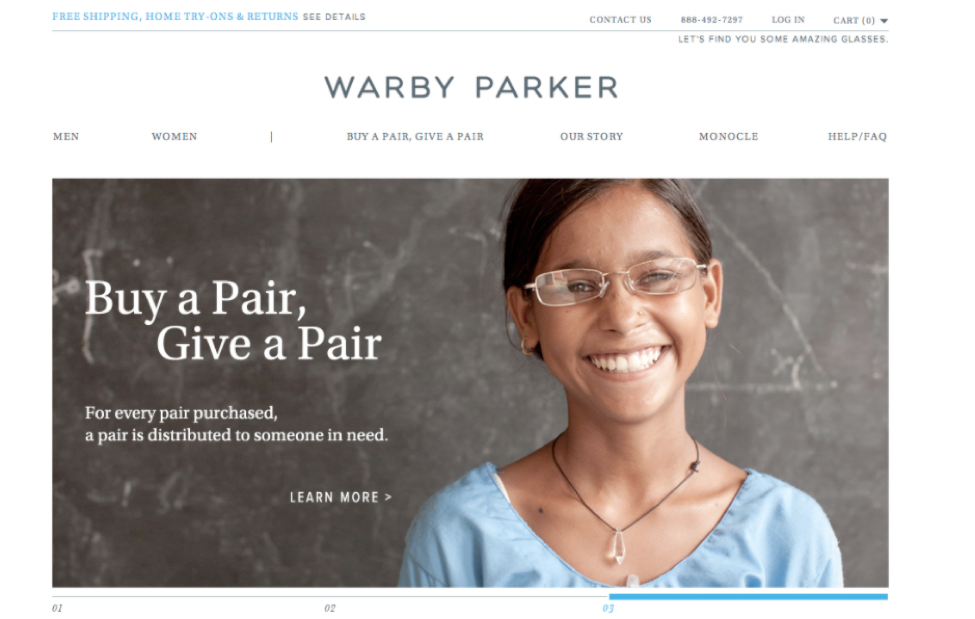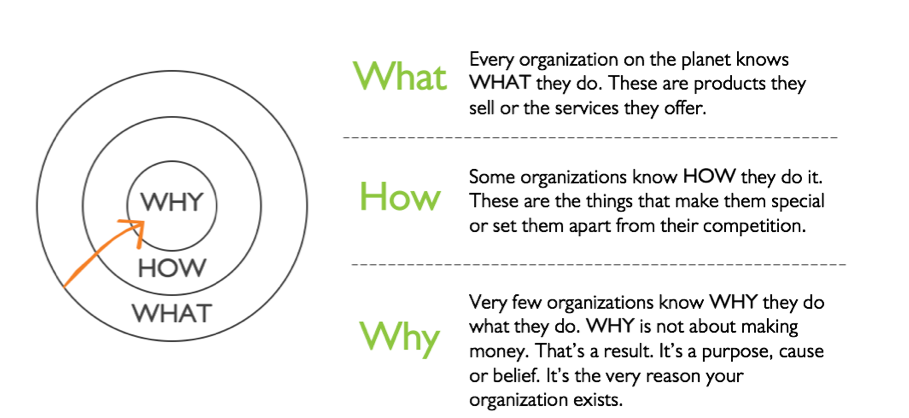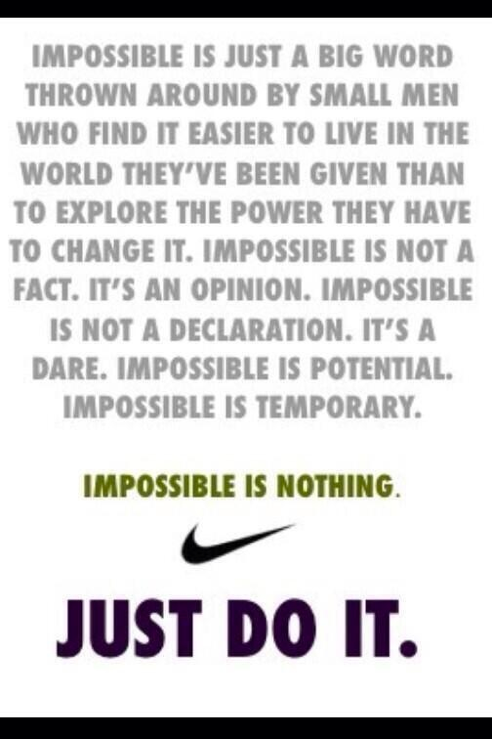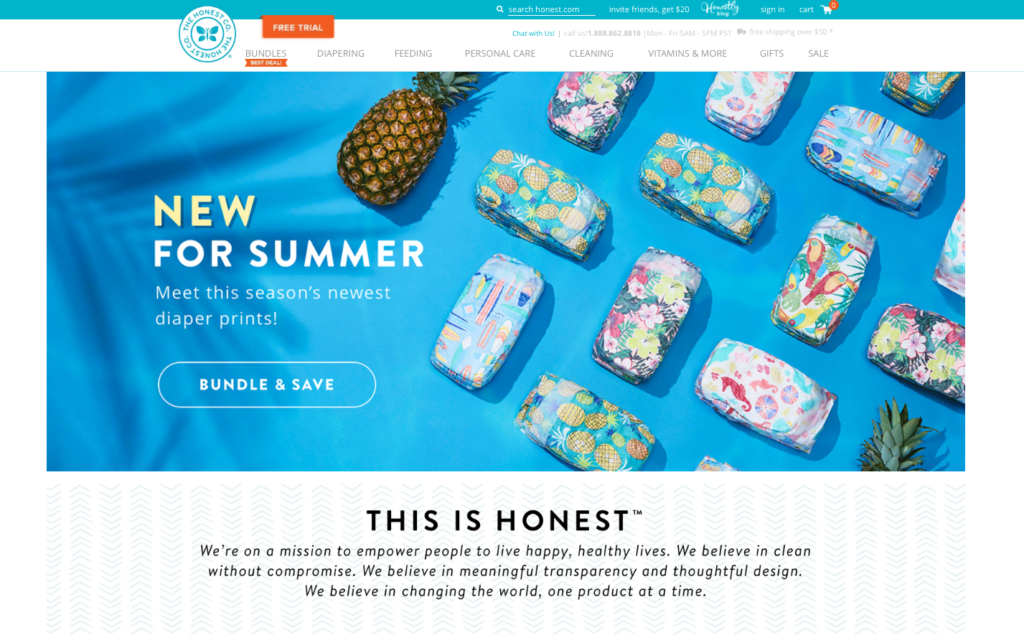Marketing Guides
Strategic Planning
Marketing with Purpose
One of my favorite quotes is from the late Peter Drucker: “Marketing is the distinguishing, unique function of the business.”
On first glance, it’s not an earth shattering quote. But there are plenty of case studies about companies that delivered average products yet became distinguished because of their marketing (think Coca Cola, Nike, Corona, Microsoft, Red Bull).
It’s easy to argue that marketing is the single most important function of any business. For some, marketing effectively today is more difficult than it was five to ten years ago. For others, it’s much easier, distinguishing their brand and creating tremendous value.
There’s rarely a single cause that separates the former from the latter; marketing in today’s economy is far more complex than in previous decades, with more complexity on the way. (As of June 2017, we’re about 20 years into a transformational communications revolution that is having a dramatic effect on our behaviors, expectations, lifestyles and even core values. You can learn more in my interview with Brian Solis here.)
Two Simple Questions
For those seeking a solution for distinguishing their business and marketing effectively today and in the future, the answer isn’t complicated. Tune out the noise and think about what’s most important in marketing:
- Is your brand in front of the right people? The people who will become your customers?
- When they see your brand, are they inspired to take action that could lead to them becoming a customer or creating a customer?
The first question is about distribution and making sure you’re staying visible where your potential customers are interacting. But what if you’re already doing that well and you’re still not growing?
The second question is about inspiring people to take action. It’s about getting people’s attention and connecting with them on an emotional level.
If your marketing communications are still focused on talking about your products and services via old school persuasion, think about this quote from Ad Age:
Here’s a message to CMOs: Consumers don’t trust your ads. In fact, fewer than 25% of U.S. online consumers trust ads in print publications, and the numbers are even worse for digital media. The truth is, campaigns alone just won’t cut it anymore – no matter how good you are at tuning them.
Let’s face it: Your brand is defined by the interactions people have with it. Despite all the activity that you try to catalyze through campaigns, individuals more commonly interact with your brand outside of those carefully orchestrated messages.
Uncover Your Purpose
One of the results of today’s digital communications revolution is that people are getting very good at finding information and misinformation, at tuning out messaging and at becoming more elusive.
They’re also becoming more impatient, more demanding and more discerning, which means that most people tune out most marketing messages and don’t even realize it. It’s become a natural habit.
But that doesn’t mean marketers should stop communicating. It means they should change what they’re saying and how they’re saying it.
Twenty years ago, Jim Collins and Jerry Porras uncovered the link between sustainable, long-term financial performance and having a strong set of core values, a clear vision and a purpose that is the higher calling of your company.

Ten years ago, Simon Sinek introduced the “golden circle” and how to communicate with why:
Simon Sinek showed that most companies communicate by sharing what they do and how they do it, expecting that to be enough to cause people to make a behavioral change (e.g. purchase your product). But since humans make emotional decisions, even in B2B, and then find reasons to justify their decisions, a more effective method for getting people to buy your product or service would be to reverse the flow of your marketing communication by communicating from the inside out, starting with your why.
Communicate with Meaning
Instead of pitching what you’re selling, talk passionately about why you’re in business. What do you stand for? What is your purpose?
A company’s purpose never changes, is never completed and isn’t tied to a goal or a product, service or market. Here are a few that Collins and Porras shared:


Your purpose isn’t something that works as a marketing campaign message or slogan, but it does set the frame for the types of things you should be communicating to your market. These are the things that create emotional connections with your audience. People who believe what you believe and support what you’re trying to accomplish will purchase your product or service, so shift from trying to persuade people to take action to inspiring them!
Warby Parker, Nike and The Honest Company aren’t focused solely on pushing eyeglasses or athletic shoes or soap; they’re communicating ideas that align with what they stand for.
Get Your Executive Team Involved
David Packard of Hewlett-Packard fame once observed that “marketing is too important to be left to the marketing people.” Yet marketing is still avoided by top management at most companies, who instead focus on things like
- finance
- sales
- production
- management
- legal
- people
If marketing is the distinguishing, unique function of the business, then it’s something your executive team and key stakeholders should be a part of.
When you’ve discovered your purpose and what you truly stand for, ideas for your “marketing” communication flow naturally and become much more effective.
They can make an emotional connection with your audience.
They can inspire others.
They can become the distinguishing, unique function of your business.
For more detailed guidance, read the classics Built to Last or Start With Why, or I’ll walk you through the process of discovering your company’s purpose and core values in our Brand Strategy Toolkit.



